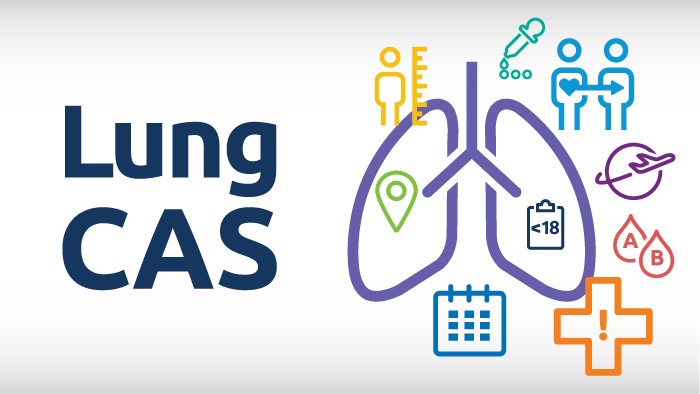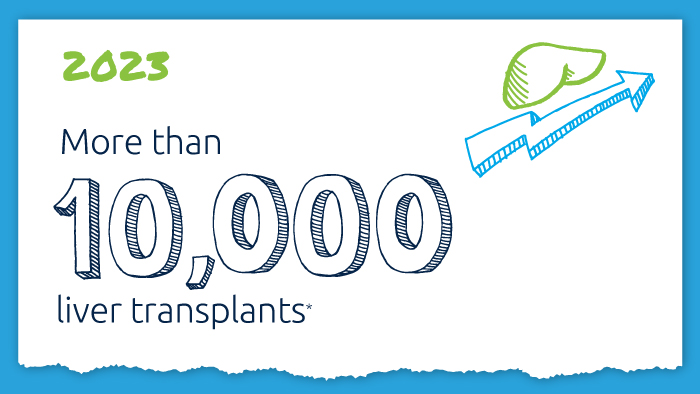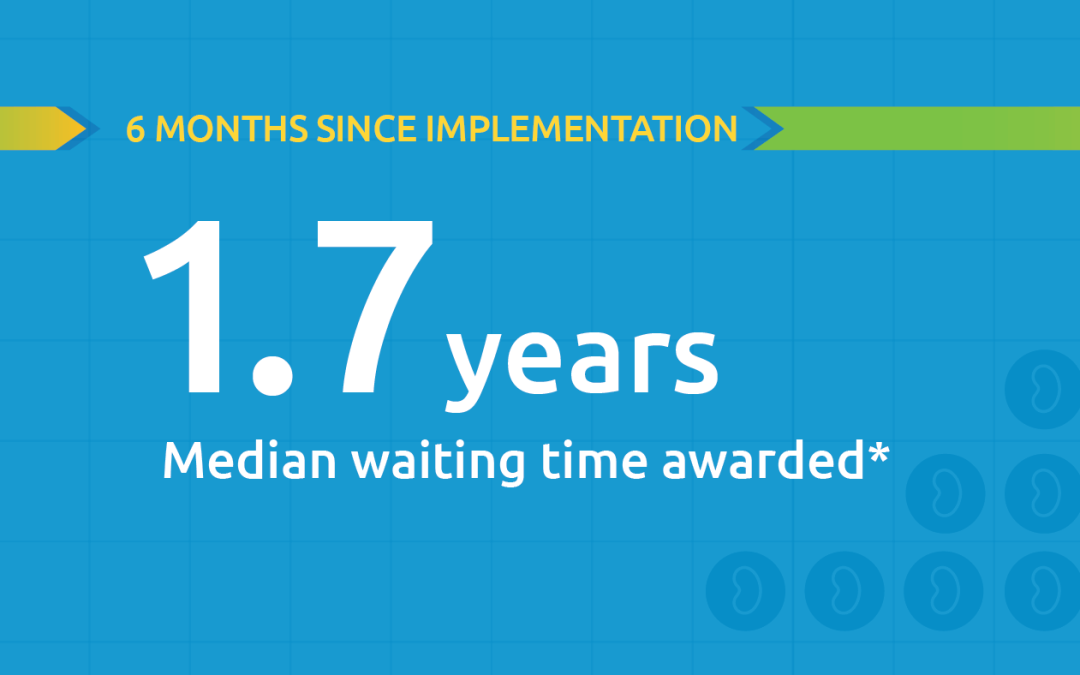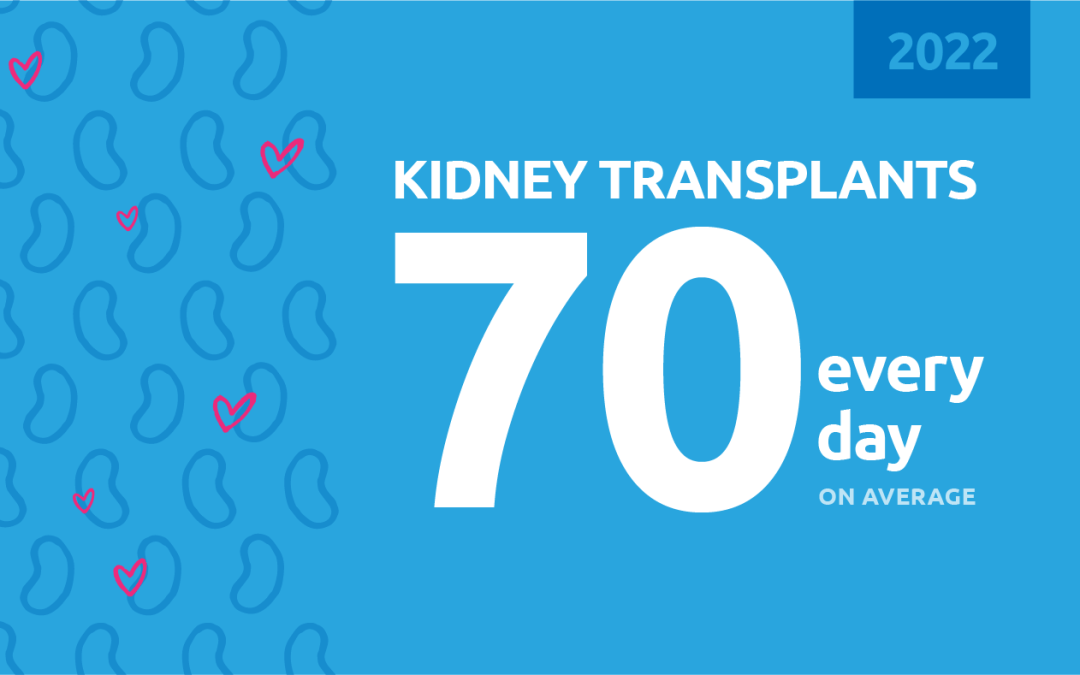in focus
The lung CAS can range up to 100 and is individual for each patient and each organ offer.

Expected on March 9, 2023, a new lung allocation policy will take effect that is based on a patient centered framework known as continuous distribution. This framework offers a more fair and flexible way to allocate organs.
Under the new policy, the current Lung Allocation Score (LAS) will be replaced with the lung Composite Allocation Score (CAS). A new patient-friendly animation that explains how the lung CAS will be calculated is available on the OPTN website. Transplant programs are encouraged to share with their patients to help them understand the upcoming changes.
What does the lung CAS measure?
The new patient animation describes how the lung CAS is calculated for each organ offer and patient.
The lung CAS is determined by candidates’ medical information combined with medical facts about potential organ donors that are supplied when an organ offer is made. Each of these factors are assigned a certain number of potential points, which are then added together to make up a maximum score of 100 points.
The lung CAS is individual for each patient and each organ offer. The people who have the highest number of points for that organ offer will have the highest priority. Medical experts have carefully determined the weight for each factor based on the input from the donation and transplant community and patients as well as detailed statistical information.
Some examples of the factors that make up the lung CAS include (this list in not all inclusive):
- Patient age
- Patient blood type
- If the patient has ever donated an organ in the past
- Travel arrangements needed to transport the donor lung(s)
- Geographical proximity of the patient and the donor lung(s)
How will the lung CAS benefit patients?
“The largest impact of the new allocation system is a significant reduction in waitlist death,” said Marie Budev, M. D., chair of the OPTN Lung Transplantation Committee. In addition, this new policy is expected to increase transplant rates for the sickest candidates and decrease geographic variability in transplant rates.
The OPTN website has a sample lung CAS calculator that can help patients estimate what their lung CAS may be.
Questions?
Are you a transplant candidate, or family or friends of one? We’re here to answer your questions about organ donation and transplant. Email [email protected] or call toll-free 1-888-894-6361, Monday-Friday, 8-5 p.m. ET.
For policy related questions, contact [email protected].
In focus

A decade of record increases in liver transplant
10,660 liver transplants, the most ever in a year.

Black kidney candidates are receiving waiting time modifications, helping them get the organs they need
Latest kidney monitoring report shows two new kidney polices are working as intended

Research in focus: examining organ offers
Three recent studies from UNOS researchers examine offer acceptance practices and impact of Offer Filters tool.

New milestone reached in kidney donation and transplant
For the first time, more than 25,000 kidney transplants were performed in a single year
